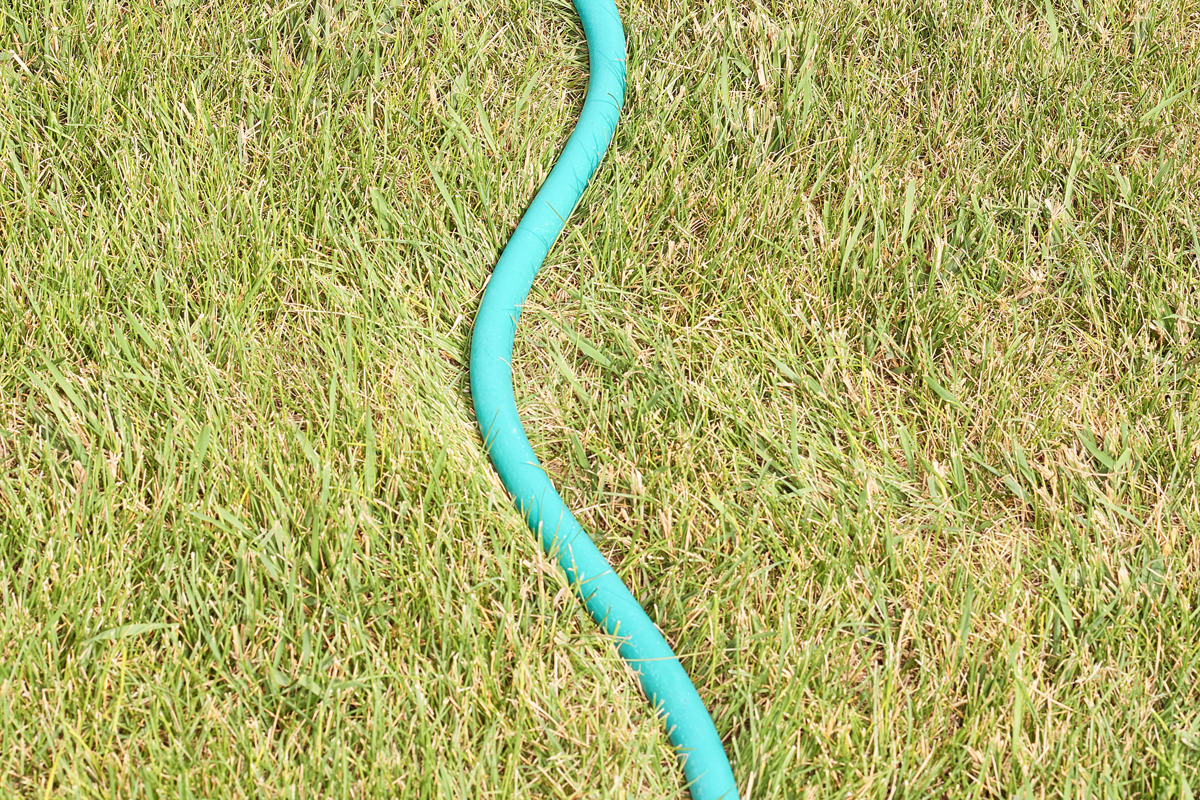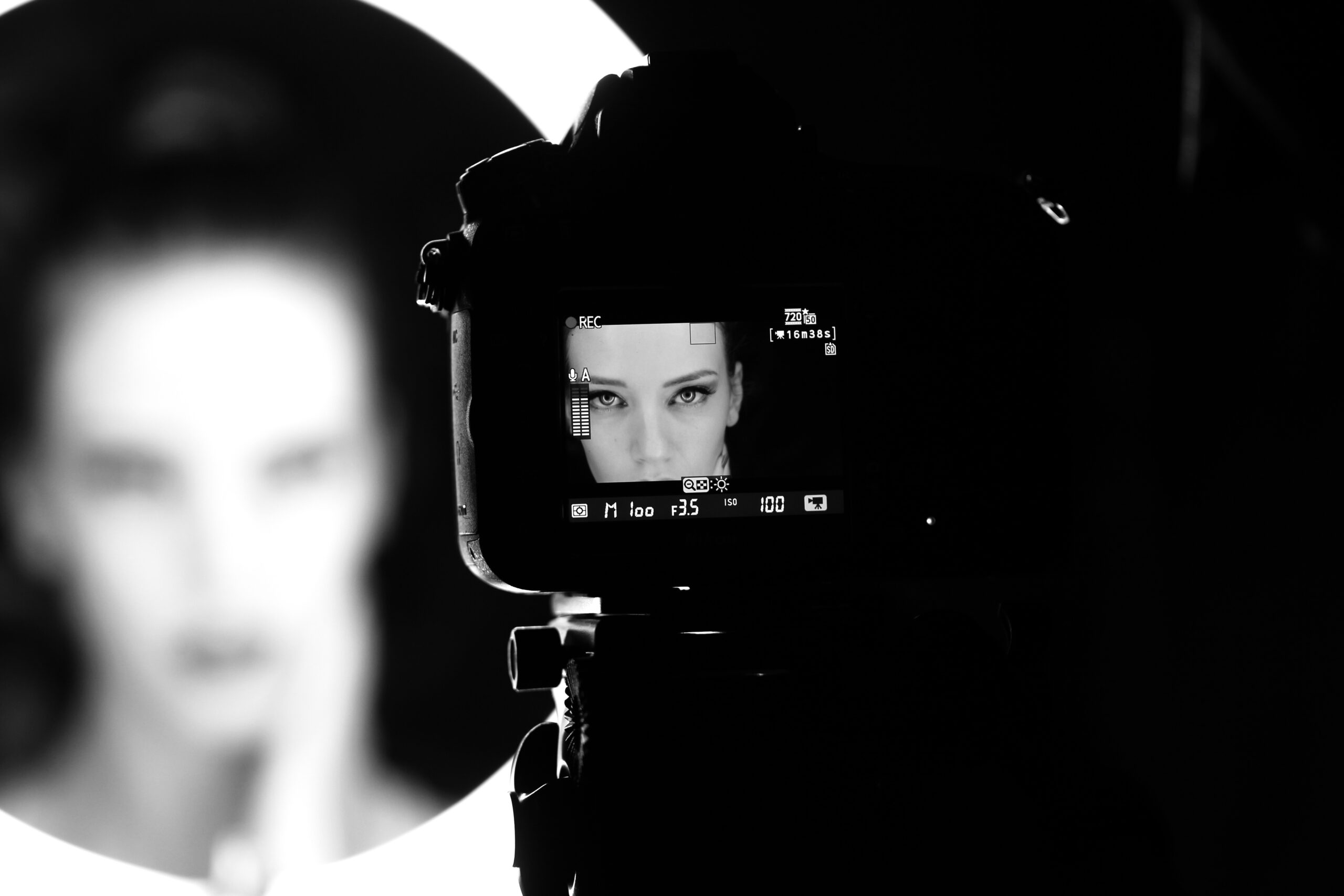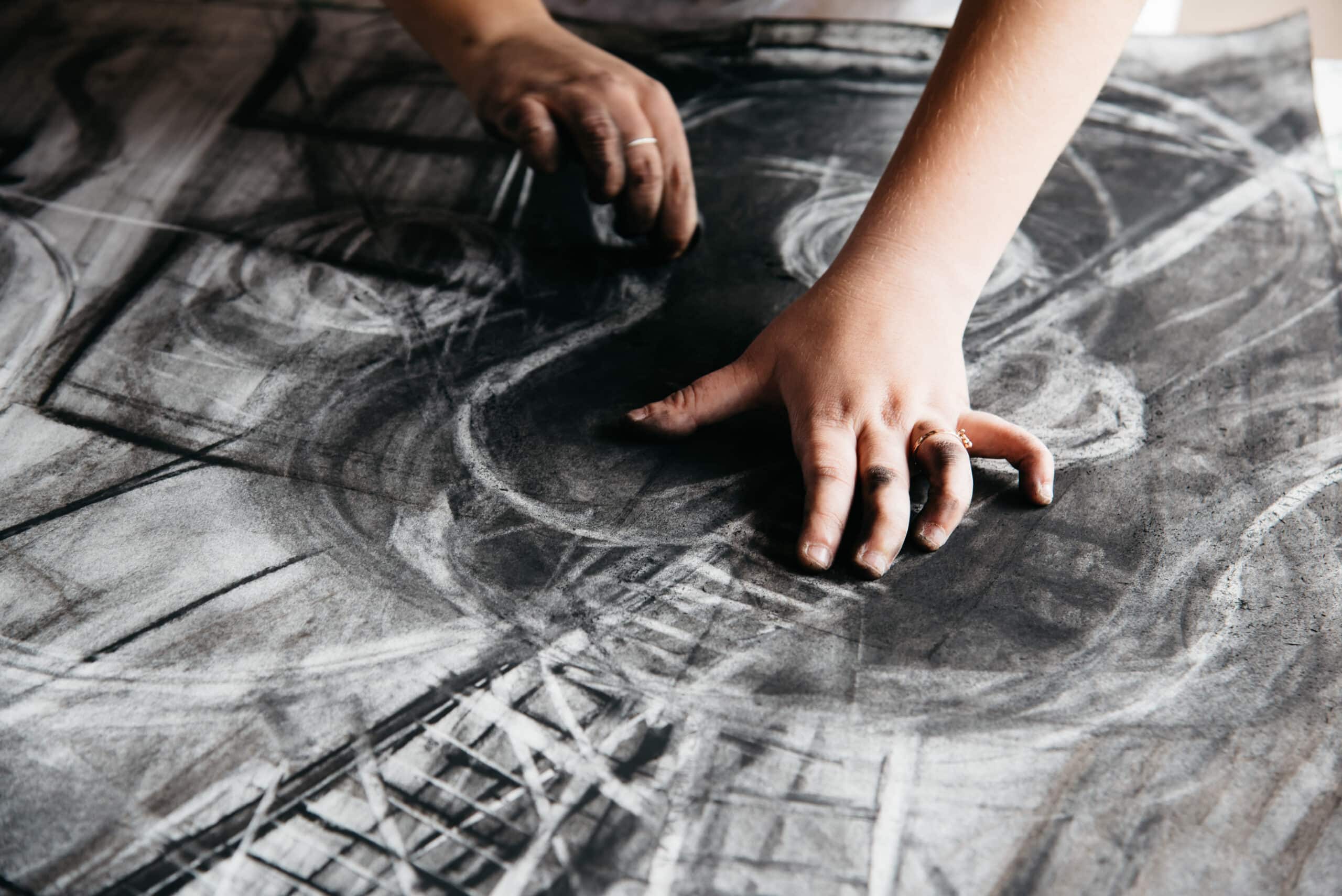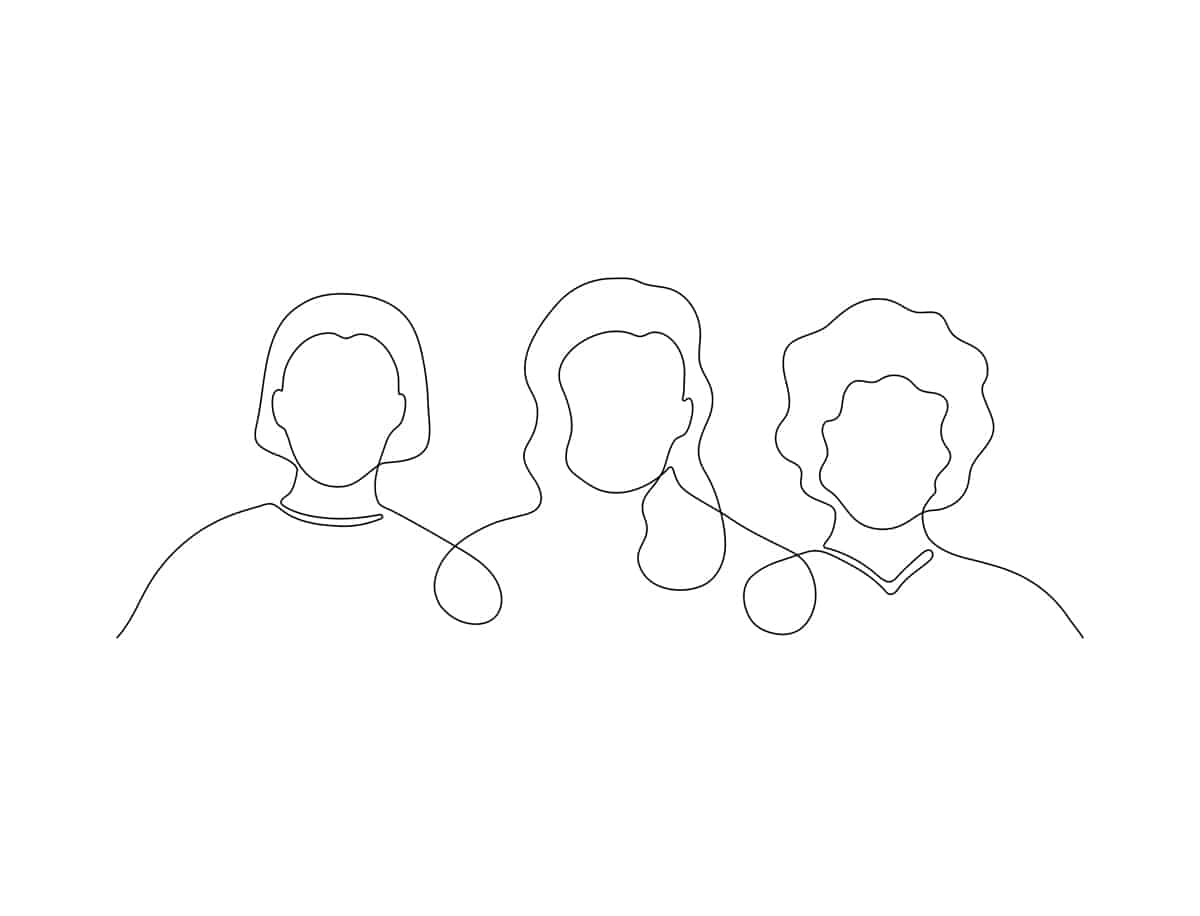Wenn es darum geht, deinen nächsten Kunden zu gewinnen, ist dein Designportfolio ist das wichtigste Instrument in deinem beruflichen Arsenal. Tatsächlich wird die Entscheidung, dich für einen kreativen Job einzustellen, zu 63% Teilen von deinem Portfolio beeinflusst. In den Augen des Kunden ist deine Mappe ein unvoreingenommener Blick auf deine Arbeit - etwas, das er bei einem Vorstellungsgespräch oder sogar bei Referenzen vielleicht nicht bekommt.
Und doch ist eine überwältigende 93% der Arbeitssuchenden haben keine eigene Website. "Heutzutage ist das kein Problem mehr", erklärt Designer Steve Attardo von Ninetynorth Designs. "Ich bin der festen Überzeugung, dass es inakzeptabel ist, keine Online-Präsenz zu haben.
Deine Mappe ist in der Regel der erste Kontakt zwischen dir und deinem nächsten Job, deshalb ist es wichtig, dass sie die richtigen Dinge sagt. Es sollte eine prägnante Darstellung von dir sein, die deine Fähigkeiten hervorhebt, deine besten Arbeiten zeigt und vermittelt, wer du als Designer/in bist.
Ein schönes, professionelles Design-Portfolio zu erstellen ist eine Sache. Das Einrichten eines schönes, professionelles Design-Portfolio die neue potenzielle Kunden anzieht, ist eine andere. Wir haben fünf Designerinnen und Designer, die mit ihren Portfolios Erfolg hatten, nach ihren Ratschlägen gefragt, wie man Designportfolios erstellt, die Kunden anziehen und dir helfen, deinen nächsten Job zu bekommen.
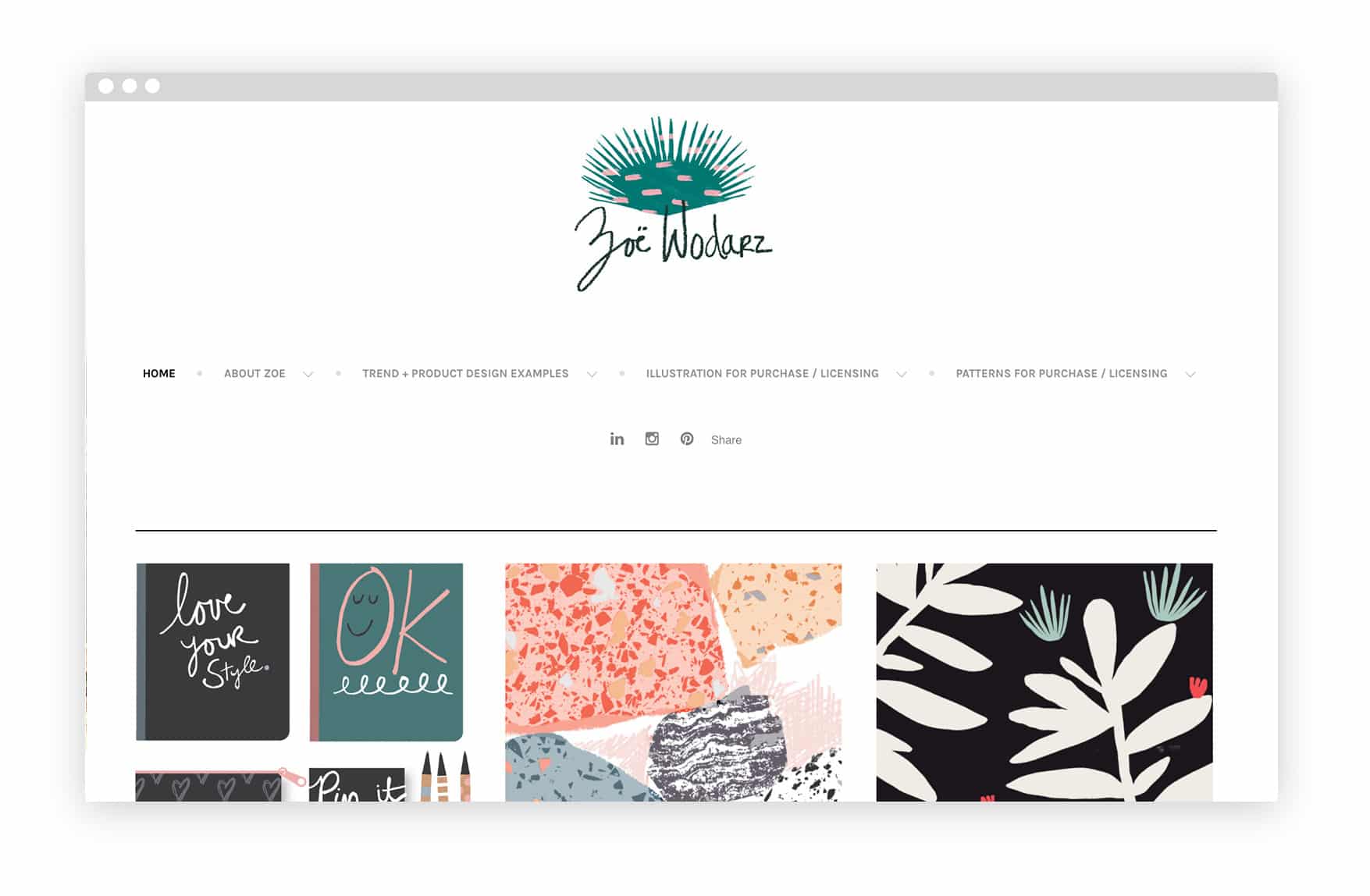
Zoe Wodarz
"Ich habe über fünfzehn Jahre lang in einem Unternehmen gearbeitet und dabei alles von Merchandising bis Produktdesign gemacht. In den letzten drei Jahren habe ich mich hauptberuflich selbstständig gemacht, was mir klar gemacht hat, dass mein Portfolio mein wichtigstes Werkzeug ist. Die Mappe ist meine Eintrittskarte, um Kunden zu finden und zu behalten.
"Es muss professionell sein, einen guten Ablauf haben, einfach zu navigieren sein und umwerfend aussehen. Das ist das A und O, wenn es um Portfolios geht."
Nutze deine Kundenliste
"Dein Kunde sollte deine Stimme sein. Du brauchst nicht unbedingt einen Lebenslauf. Die Realität ist, dass deine Kundenliste dein goldenes Ticket ist. Sie zeigt deine Arbeit und macht die Leute neugierig. Ich möchte jüngere Designerinnen und Designer ermutigen, ihr Portfolio und ihr Geschäft aufzubauen: Jede Beziehung zählt, jeder Kunde zählt. Konzentriert euch unbedingt auf diese Liste."
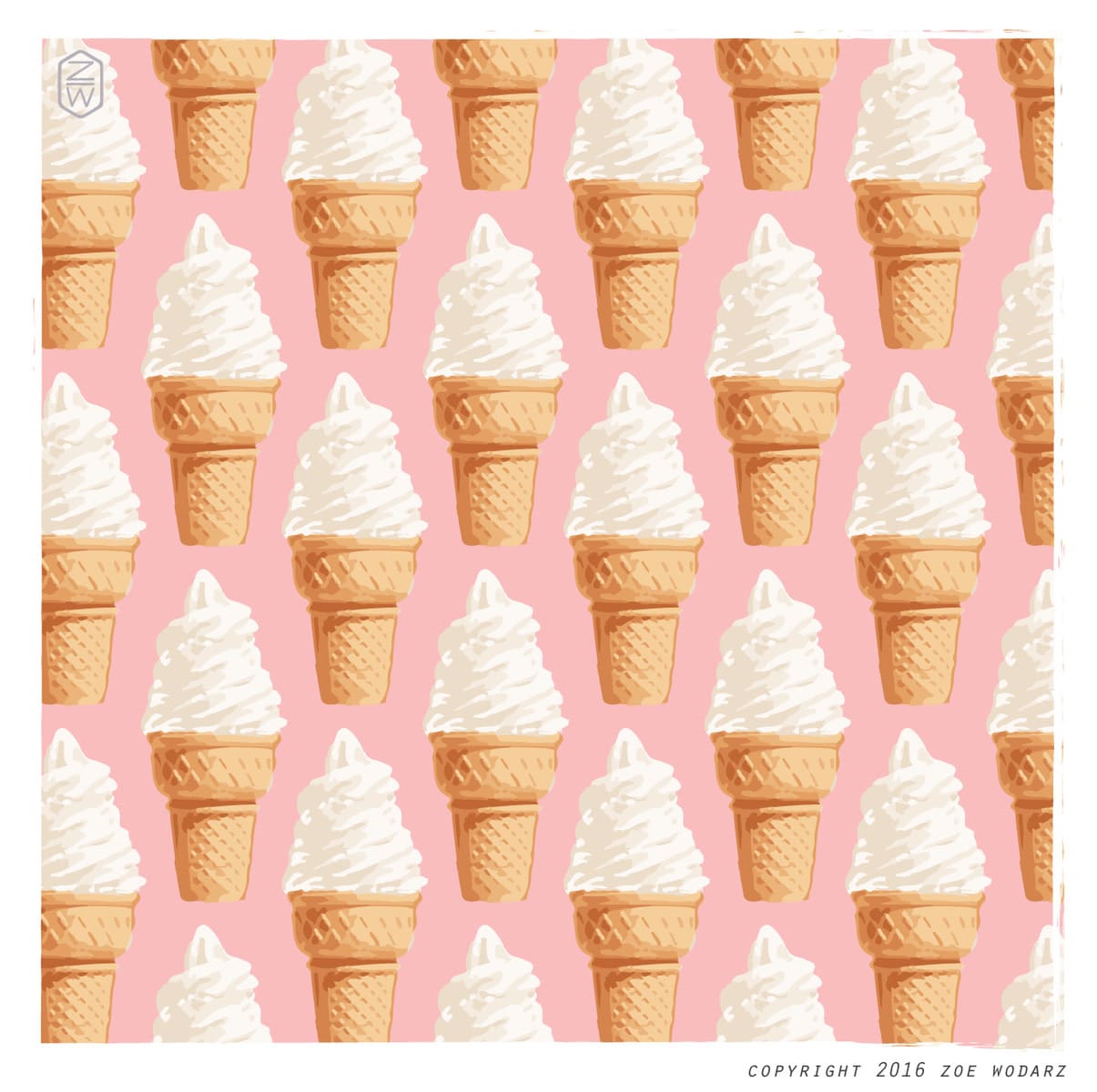
Erstelle eine visuelle Reise
"Wenn du durch ein Portfolio blätterst, siehst du vielleicht wirklich starke Arbeiten neben schwachen Arbeiten oder wirklich ausgefallene Sachen neben dem Törtchengeschäft der Mutter deiner Freundin. Es gibt keinen wirklichen Fluss oder eine Struktur. Ich ermutige Designerinnen und Designer dazu, ihre Arbeiten in einzelne Abschnitte zu unterteilen. Schau dir an, wie andere Künstler ihre Arbeit strukturieren. Wie lauten ihre Titel? Wie fließt ihre Arbeit von einem Stück zum nächsten? Wie geben sie den Leuten Anerkennung, wenn sie Teil eines größeren Projekts sind? Das sind alles sehr wichtige, professionelle Dinge, die du in deinem Portfolio haben solltest."
Finde die richtige Art von Kunden
"Am Ende des Tages versuche ich, Kunden zu finden, die mit mir arbeiten wollen, weil sie meine Arbeit lieben. Mein Ziel ist es, dass sich immer mehr Menschen meine Arbeit ansehen und darin einen Wert sehen."
Zoe WodarzDas Portfolio
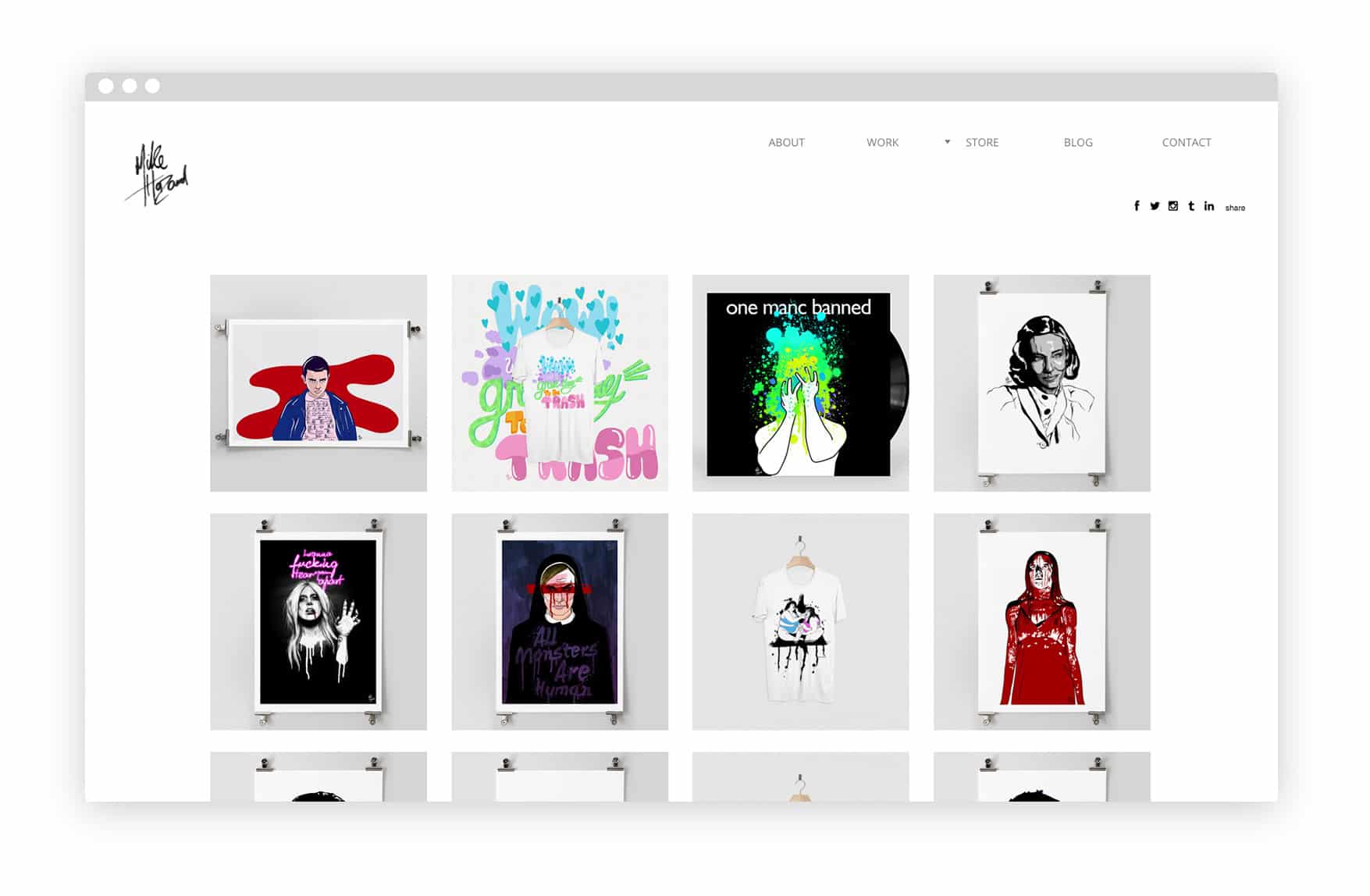
Mike Hazard
"Ich arbeite derzeit als freiberufliche Illustratorin - und wenn ich einen Auftrag finde, der mich interessiert, schicke ich mein Portfolio. So kann der Kunde die verschiedenen Arbeitsstile sehen, die ihm zur Verfügung stehen, wenn er mit mir zusammenarbeitet. Das ist viel einfacher, als eine PDF-Datei oder - Gott bewahre - eine gedruckte Mappe per E-Mail zu schicken, da der Kunde direkt zu den Bereichen meiner Website gehen kann, die ihn interessieren."
Rationalisiere deine Arbeit
"Das Wichtigste an einem Online-Portfolio sind die Galerien. Ich kann meine Arbeit in verschiedene Bereiche aufteilen und der Kunde kann direkt zu der Art von Arbeit gehen, die ihn interessiert.
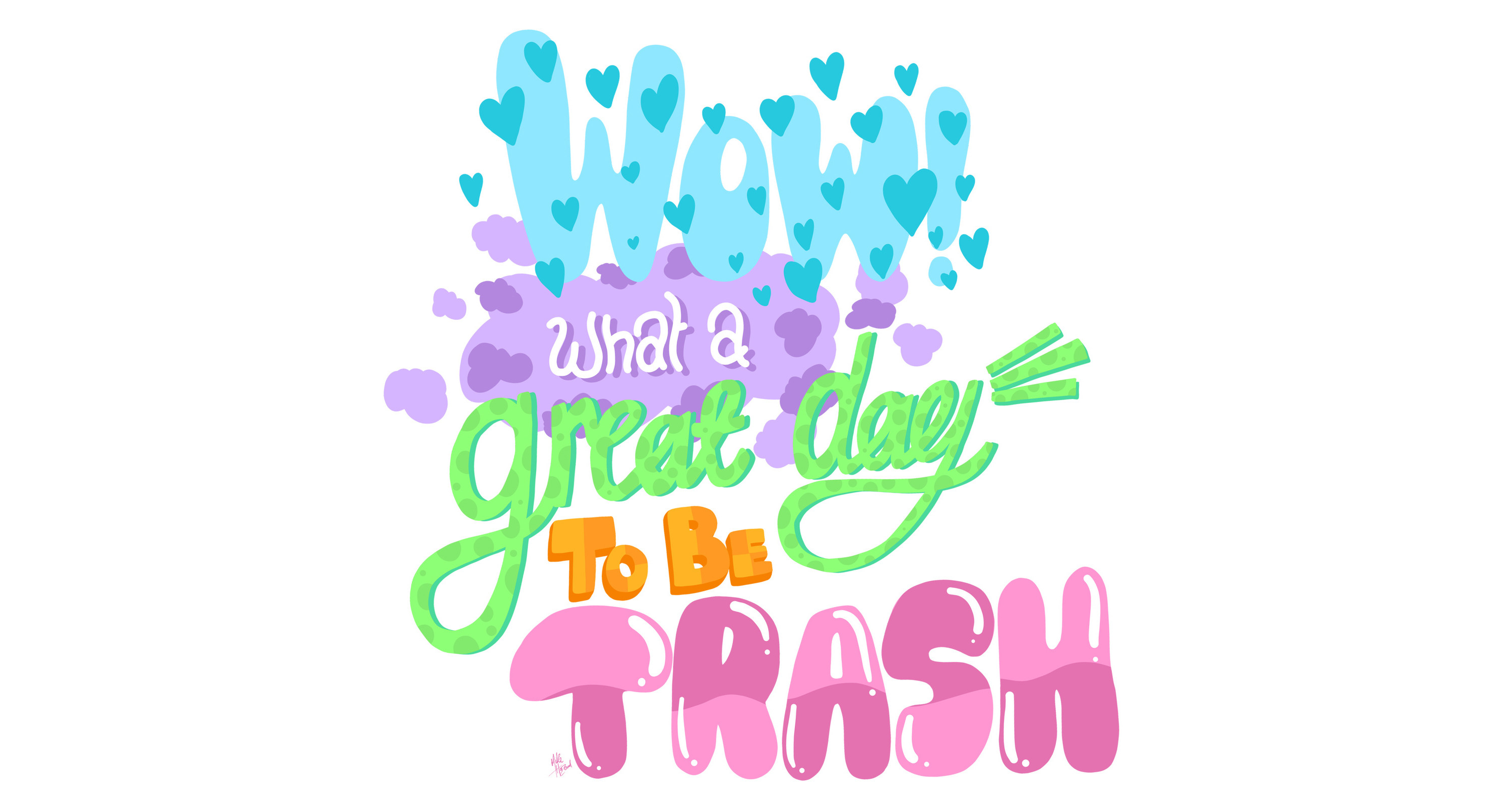
An zweiter Stelle steht die "Über mich"-Seite - ich kann ein Foto und einen Lebenslauf hinzufügen und meinen Instagram-Feed einbinden, damit die Leute wissen, mit wem sie zusammenarbeiten!"
Beständig bleiben
"Halte die Dinge konsistent. Wenn du ein Künstler mit verschiedenen Stilen bist, würde ich vorschlagen, diese in verschiedene Galerien aufzuteilen. Wenn du weißt, dass die Stelle, auf die du dich bewirbst, nur an bestimmten Arbeiten interessiert ist, kannst du ihnen den direkten Link zu dieser Galerie schicken. Die Kunden bekommen jeden Tag Hunderte von Bewerbungen. Je schneller sie zu den Arbeiten kommen, die sie sehen wollen, desto eher bleiben sie dabei."
Mike HazardDas Portfolio
Mach es deinen Kunden leicht
"Mit einer Online-Portfolio-Website bedeutet, dass potenzielle Arbeitgeber sich deine Arbeit ansehen können, ohne dass sie ein Vorstellungsgespräch führen müssen - wenn ihnen gefällt, was sie sehen, rufen sie dich an. Es macht es auch einfacher, Mund-zu-Mund-Propaganda zu nutzen - "Hey, schau dir mal diesen Designer an" - und sie sind nur einen Klick entfernt. Ich habe auf diese Weise schon viele Aufträge erhalten."
Halte dein Portfolio auf dem neuesten Stand
"Ich denke, es ist wirklich wichtig, dein Portfolio auf dem neuesten Stand zu halten. Die Kunden wollen sehen, dass du ein aktiver Designer bist, der viele Ideen hat.

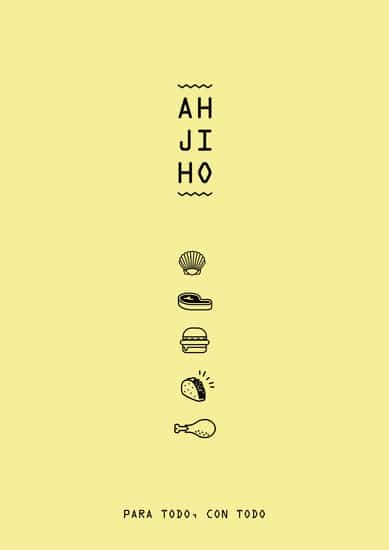
"Es ist aber auch wichtig, dass du deine besten Arbeiten auswählst und eine kleine Auswahl deiner fünf bis zehn besten Projekte präsentierst, wobei du immer die neuesten Updates hinzufügst. Überprüfe dein Portfolio von Zeit zu Zeit - wenn dein Auge besser wird, merkst du, dass das, was du eigentlich toll fandest, gar nicht so toll ist, wie du dachtest."
Sei dein härtester Kritiker
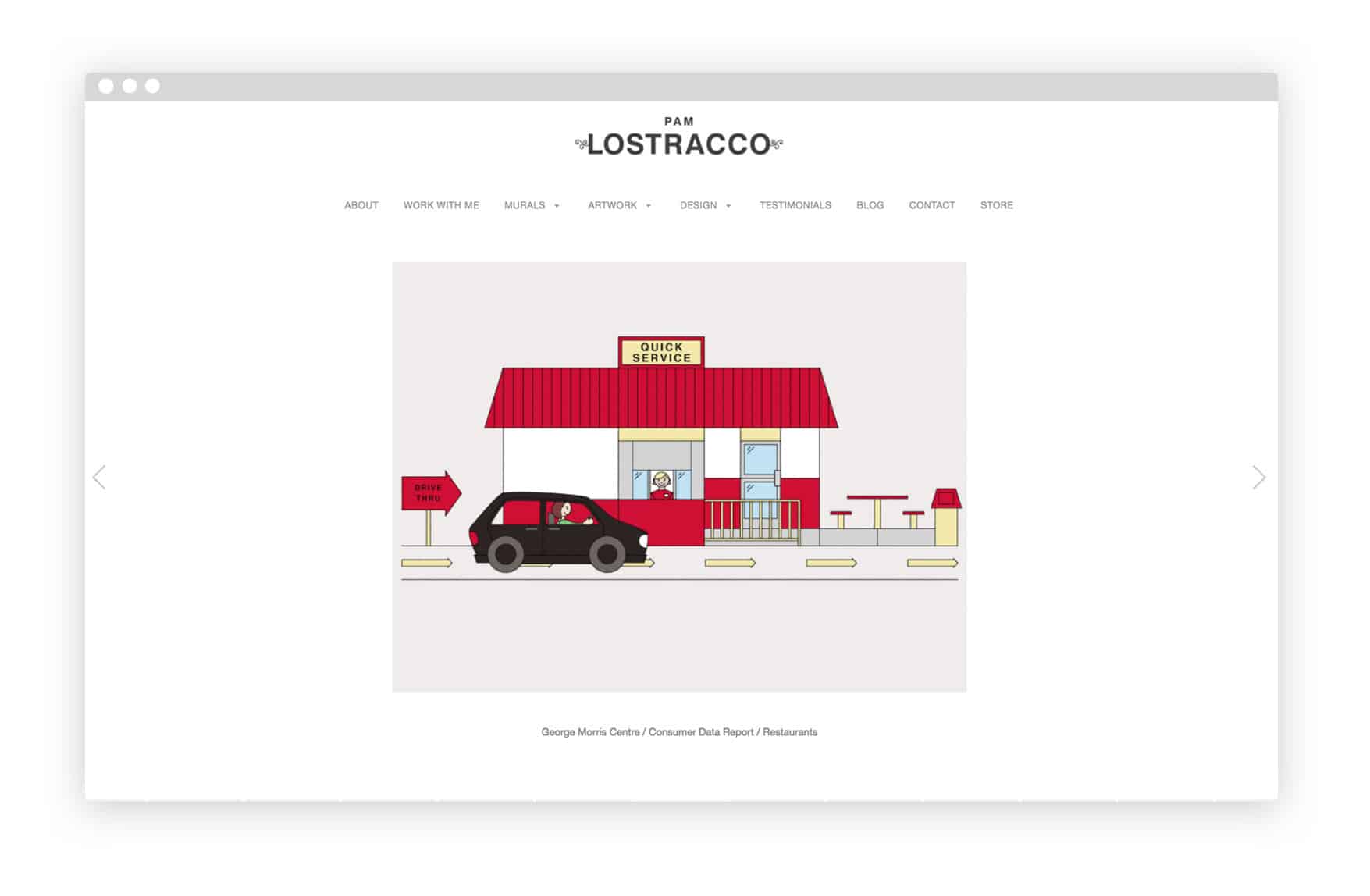
Pam Lostracco
"Ein Online-Portfolio ist die beste Möglichkeit, alle meine Arbeiten an einem Ort zu präsentieren. Es gibt den Leuten die Flexibilität, sich die Arbeiten in ihrem eigenen Tempo anzusehen und vielleicht mehrmals zurückzugehen, bevor sie sich entscheiden, mit mir in Kontakt zu treten.
"Meine Arbeit ist auf vielen sozialen Plattformen zu finden, die sich hervorragend eignen, um auf mich aufmerksam zu machen, aber ich bekomme nur selten einen Auftrag über sie. Ich füge immer einen Link zu meiner Website hinzu, auf der man sich professionell über meine Arbeit informieren kann."
Bring deine Arbeit nach draußen
"Nimm deine beste Arbeit und stelle sie auf eine Website, die du selbst verwalten kannst. Auch wenn sich deine Arbeit nicht "perfekt" anfühlt, ist es besser, sie zu veröffentlichen und nach und nach zu überarbeiten. Du und deine Arbeit werden sich immer weiterentwickeln - und deine Website auch.
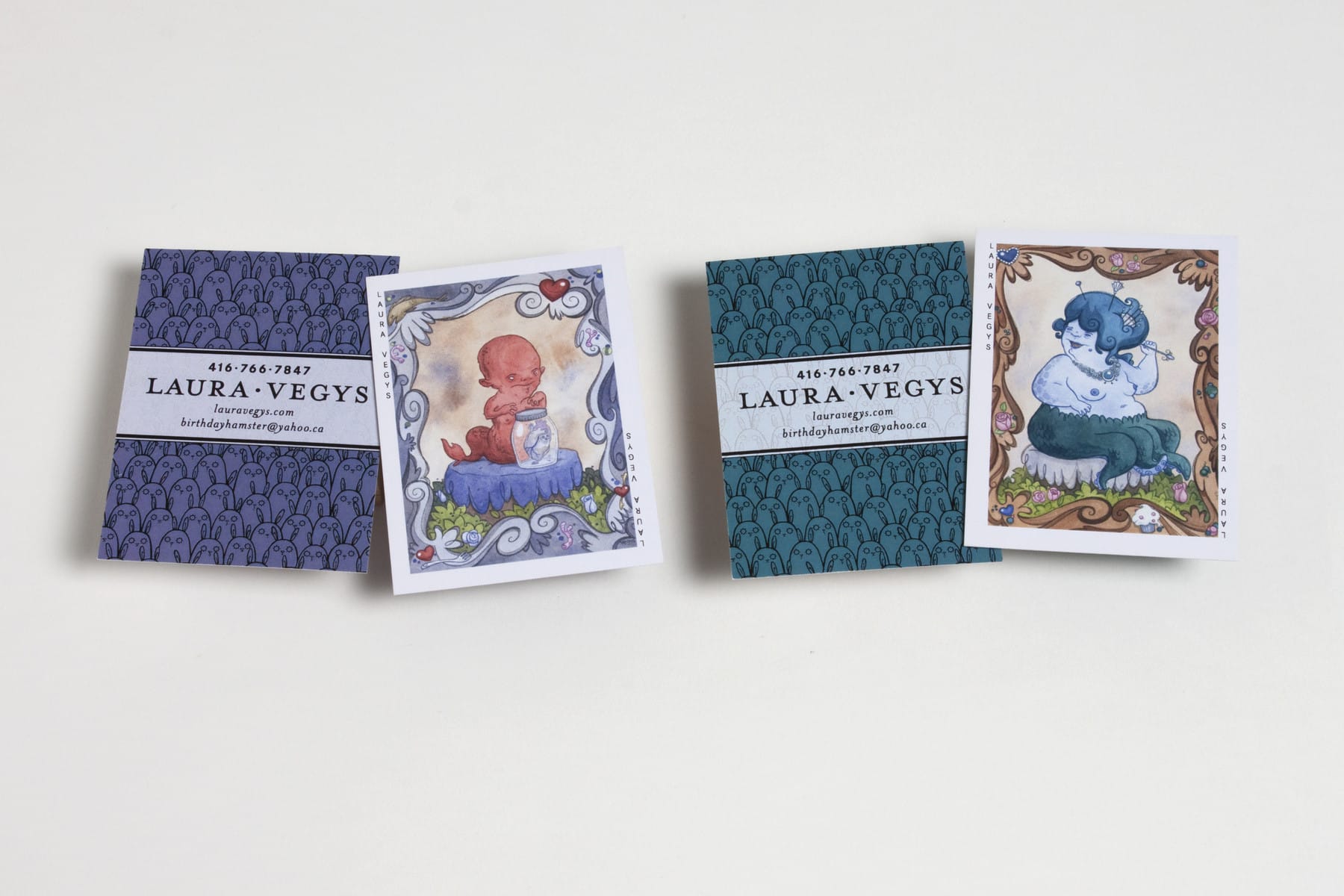
"Die Leute wollen sehen, was du kreierst. Fördere den Verkehr auf deiner Website, indem du sie mit deinen Onlineshops und sozialen Medien verlinkst. Sie lieben auch den Prozess - zeige Fotos von den mittleren Phasen deines kreativen Prozesses."
Verfügbar sein
"Deine Kontaktseite ist das wichtigste Element in deinem Portfolio. Wenn du eine E-Mail-Vorlage verwendest, können potenzielle Kunden schnell eine Frage eingeben. E-Mail-Vorlagen sehen außerdem professionell aus und sind extrem zuverlässig. Ich habe schon E-Mails aus der ganzen Welt erhalten - und ich glaube nicht, dass ich jemals Spam über meine Kontaktseite bekommen habe."
Pam Lostracco's Portfolio
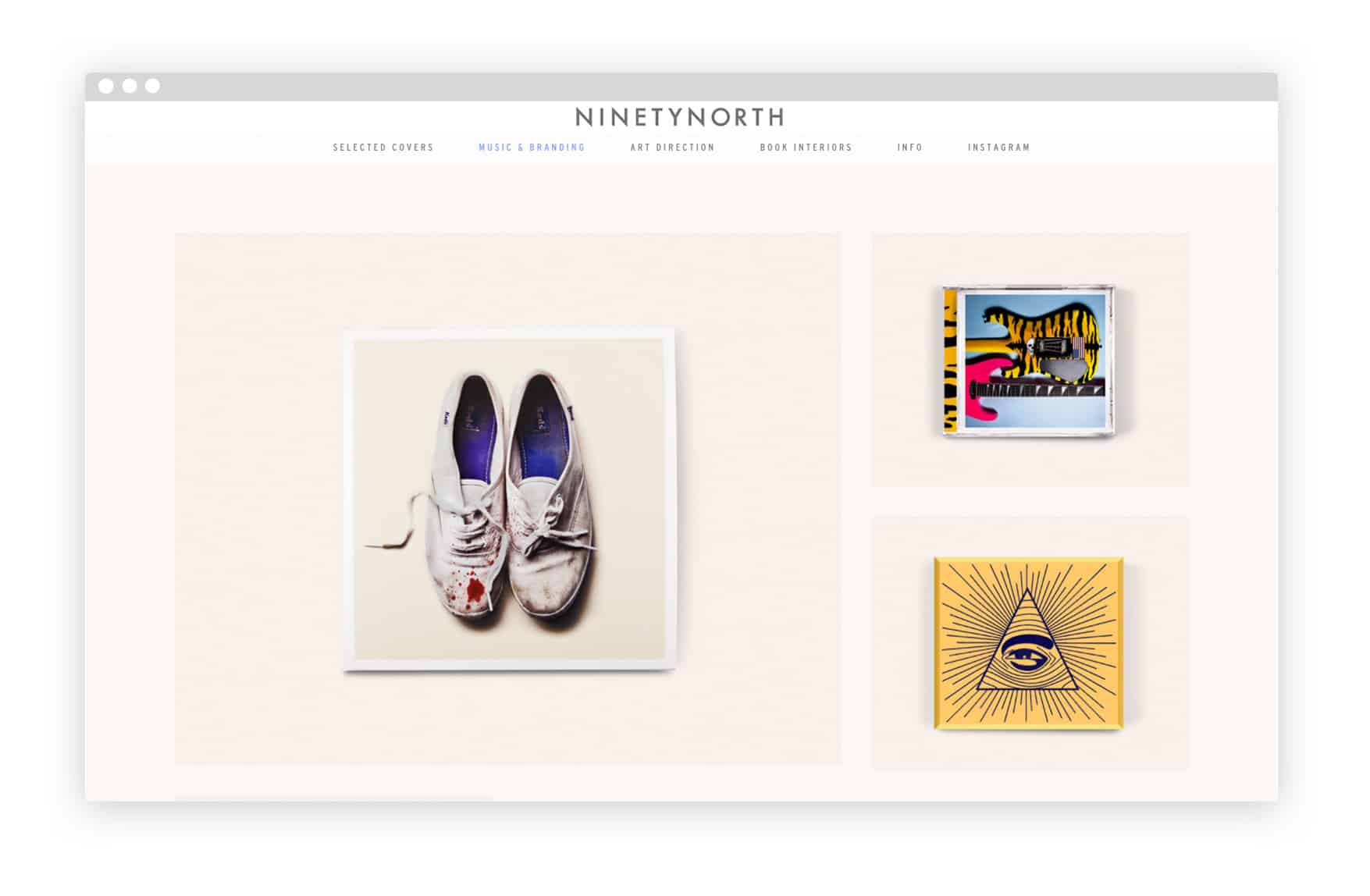
Steve Attardo
"Besonders in der heutigen Zeit ist es inakzeptabel, keine Online-Präsenz zu haben.
"Ein Designportfolio wirkt irgendwie professioneller als ein PDF - eine gut gestaltete Website ist definitiv ein besseres Erlebnis als eine PDF-Diashow. Wenn du also versuchst, einen Auftrag zu bekommen oder deine Arbeit vorzustellen, ist ein Online-Portfolio eine viel bessere Möglichkeit, deine Arbeit mit potenziellen Kunden zu teilen."
Ich liebe die Arbeit, die du teilst
"Wenn es um Design geht, möchte ich nicht zu viel lesen, bevor ich mir überlegt habe, wie ich die Arbeit ansehe. So wie die Leute im Internet surfen, sind wir darauf eingestellt, schnell zu scrollen. Es muss eine Art von Unmittelbarkeit geben.
"Die ersten Arbeiten, die die Leute auf deiner Website sehen, sollten deine Lieblingsarbeiten sein. Du kannst dir nicht sicher sein, wie lange jemand auf deiner Website bleibt und sich deine Arbeiten ansieht. Wenn ich von den ersten zehn Stücken, die die Leute sehen, nicht begeistert bin, muss ich sie umgestalten. Es muss etwas geben, das die Leute dazu bringt, am Anfang innezuhalten. Begrabt die guten Sachen nicht, denn ihr wisst nicht, wie lange ihr die Leute an euch binden könnt."
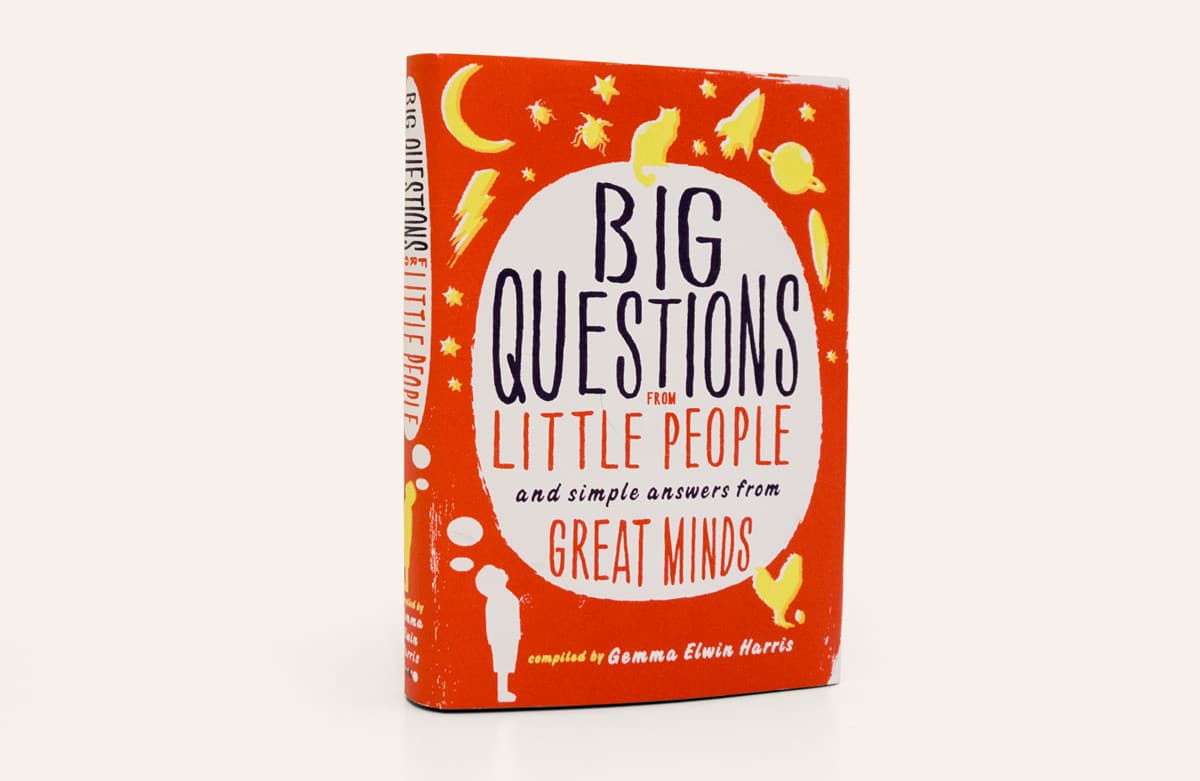
Konzentriere dich auf dein Spezialgebiet
"Denke an die Art von Arbeit, die du willst. Wenn du mehr Handlettering machen willst - auch wenn du denkst, dass deine aktuellen Handlettering-Arbeiten nicht so gut sind wie einige deiner anderen Arbeiten - dann finde einen Weg, um sicherzustellen, dass die Leute diese Arbeiten sehen. So sehr du die Leute auch beeindrucken musst, wenn du dich nicht auf eine bestimmte Art von Design konzentrieren willst, versuche, dein Portfolio nicht zu sehr auf diesen Bereich zu konzentrieren."
Denke an das große Ganze
"Achte sehr darauf, wie du deine Arbeit präsentierst. Überlege dir, wie du deine Arbeit auf der Website präsentieren willst. Wenn du dir ein bisschen Zeit nimmst, um z. B. einen Screenshot in ein Desktop-Mockup zu packen, anstatt einen schnellen Screenshot zu machen, zeigt das eine Seite von dir, die deine Arbeit nicht vermitteln kann. Es zeigt die sorgfältige und wohlüberlegte Seite deines Schaffens. Es zeigt, dass dir deine Arbeit wichtig genug ist, um alle Aspekte zu berücksichtigen.
"Dann musst du dir keine Gedanken über Quantität statt Qualität machen. Zehn tolle Stücke, die schön und zusammenhängend ausgestellt sind, sind besser als zwanzig Stücke, die unüberlegt sind."
Steven Attardo's Portfolio





